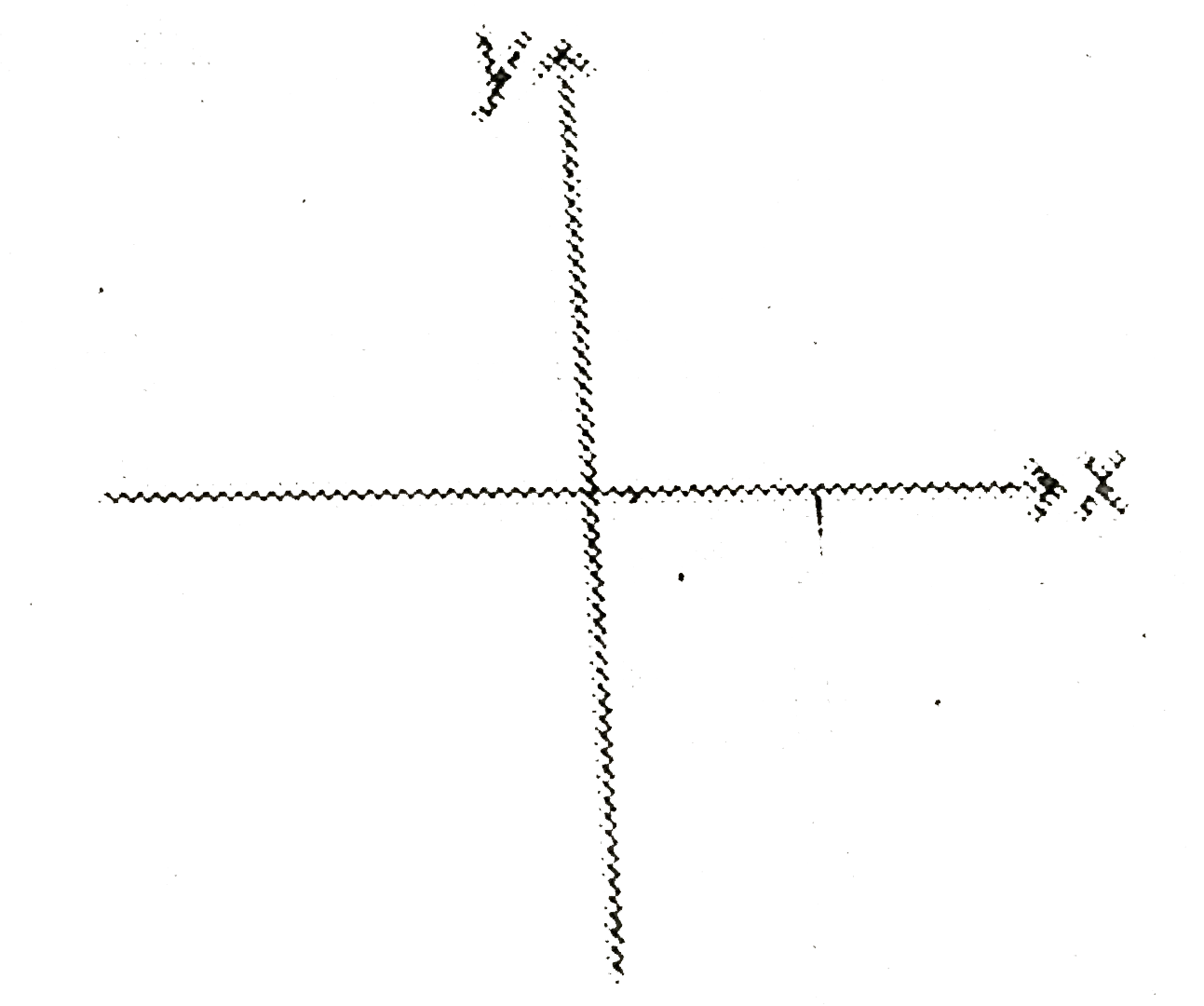The displacement of a particle is represented by the equation y=3cos(π4−2ωt).
The motion of the particle is
simple harmonic with period 2πω
simple harmonic with period πω
periodic but not simplee harmonic
non-periodic.
The correct Answer is:B
To determine the type of motion represented by the equation y=3cos(π4−2ωt), we can follow these steps:
Step 1: Identify the form of the equation
The given equation is in the form of y=Acos(ϕ−ωt), where A is the amplitude, ϕ is the phase constant, and ω is the angular frequency.
Step 2: Rewrite the equation
We can rewrite the equation as:
y=3cos(−2ωt+π4)
Using the property of cosine that cos(−θ)=cos(θ), we can simplify this to:
y=3cos(2ωt−π4)
Step 3: Determine the type of motion
The equation y=Acos(ωt+ϕ) indicates that the motion is simple harmonic motion (SHM). The presence of the cosine function and the linear time dependence confirms that the particle undergoes oscillatory motion.
Step 4: Calculate the period of motion
The angular frequency ω is related to the period T of the motion by the formula:
T=2πω
In this case, since the angular frequency is 2ω, we can find the period as follows:
T=2π2ω=πω
Conclusion
The motion of the particle is simple harmonic motion with a period of πω.
The given equation is in the form of y=Acos(ϕ−ωt), where A is the amplitude, ϕ is the phase constant, and ω is the angular frequency.
We can rewrite the equation as:
y=3cos(−2ωt+π4)
Using the property of cosine that cos(−θ)=cos(θ), we can simplify this to:
y=3cos(2ωt−π4)
The equation y=Acos(ωt+ϕ) indicates that the motion is simple harmonic motion (SHM). The presence of the cosine function and the linear time dependence confirms that the particle undergoes oscillatory motion.
The angular frequency ω is related to the period T of the motion by the formula:
T=2πω
In this case, since the angular frequency is 2ω, we can find the period as follows:
T=2π2ω=πω
The motion of the particle is simple harmonic motion with a period of πω.
Topper's Solved these Questions
- OSCILLATIONS BOOK - NCERT FINGERTPS ENGLISHCHAPTER - OSCILLATIONS EXERCISE - Assertion & Reason
15 Videos
- OSCILLATIONS BOOK - NCERT FINGERTPS ENGLISHCHAPTER - OSCILLATIONS EXERCISE - Periodic And Oscillatory Motions
7 Videos
- OSCILLATIONS BOOK - NCERT FINGERTPS ENGLISHCHAPTER - OSCILLATIONS EXERCISE - Higher Order Thinking Skills
8 Videos
- MOTION IN A STRAIGHT LINEBOOK - NCERT FINGERTPS ENGLISHCHAPTER - MOTION IN A STRAIGHT LINEEXERCISE - NCERT Exemplar
6 Videos
- PHYSICAL WORLDBOOK - NCERT FINGERTPS ENGLISHCHAPTER - PHYSICAL WORLDEXERCISE - Assertion And Reason
10 Videos
Similar Questions
Knowledge Check
The displacement of a particle is represented by the equation y=sin3ωt. The motion is
Anon-periodicBperiodic but not simple harmonicCsimple harmonic with period 2π/ωDsimple harmonic with period π/ω
The displacement of a particle along the x- axis it given by x=asin2ωt The motion of the particle corresponds to
View SolutionThe displacement of a particle along the x-axis is given by x=asin2ωt. The motion of the particle corresponds to
View SolutionThe displacement of a particle is given by →r=A(→icosωt+→jsinωt). The motion of the particle is
View SolutionThe displacement-time equation of a particle executing SHM is A−Asin(ωt+ϕ). At tme t=0 position of the particle is x=A2 and it is moving along negative x-direction. Then the angle ϕ can be
View SolutionA xandy co-ordinates of a particle are x=Asin(ωt)andy=Asin(ωt+π/2). Then, the motion of the particle is

View SolutionThe motion of a particle is given by x=Asinωt+Bcosωt. The motion of the particle is
View SolutionThe diplacement of a particle varies with time according to the relation y=asinωt+b cosωt.
View Solution